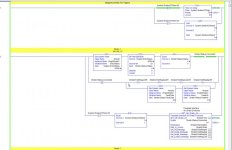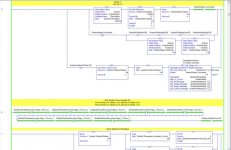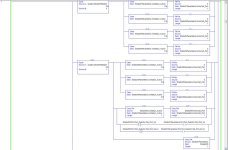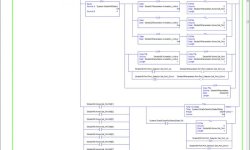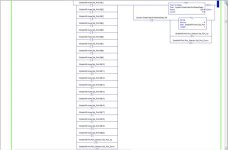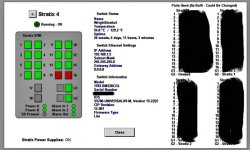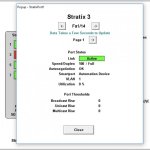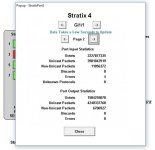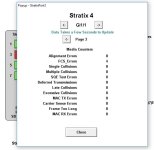Hi all. Long time lurker, first time poster.
I'm working on a project to write a program to monitor the diagnostics data in a number of Stratix switches. A lot of the parameters I need to see (e.g. temperature, MAC addresses) are only available through explicit messaging, which is fine enough. Each parameter has the class/instance/attribute information listed in the EDS file, so configuring the messages is simple.
My problem lies in the magnitude of the task. There needs to be a separate message for every parameter of interest, not to mention the fact that some of those parameters exist for every port on the switch. Configuring all the messages for one switch is doable, but doing this for every switch the program needs to monitor is untenable.
Ideally, I would have an AOI that handles all the messaging internally. The message class, instance, and attribute are identical for a given parameter across every switch, so all this AOI would need is a reference to a particular switch and then it could spit out the parameters for that particular switch. Develop the AOI, copy it onto a new rung for every switch, change the reference for each one, and I'd be done. From my own tests and based on all the forum posts I've read thus far, however, messaging can't really be done within an AOI - at least not without having to configure that message externally in the routine where the AOI is being called (and if I had to do that for every message, it would defeat the purpose.)
Is there any way to get something close to that ideal solution? Anything I'm missing? I'm using version 32 of Logix, working with an L85, so I'm hoping something might have changed in between those old forum posts and now that might make what I'm looking for possible.
I'm working on a project to write a program to monitor the diagnostics data in a number of Stratix switches. A lot of the parameters I need to see (e.g. temperature, MAC addresses) are only available through explicit messaging, which is fine enough. Each parameter has the class/instance/attribute information listed in the EDS file, so configuring the messages is simple.
My problem lies in the magnitude of the task. There needs to be a separate message for every parameter of interest, not to mention the fact that some of those parameters exist for every port on the switch. Configuring all the messages for one switch is doable, but doing this for every switch the program needs to monitor is untenable.
Ideally, I would have an AOI that handles all the messaging internally. The message class, instance, and attribute are identical for a given parameter across every switch, so all this AOI would need is a reference to a particular switch and then it could spit out the parameters for that particular switch. Develop the AOI, copy it onto a new rung for every switch, change the reference for each one, and I'd be done. From my own tests and based on all the forum posts I've read thus far, however, messaging can't really be done within an AOI - at least not without having to configure that message externally in the routine where the AOI is being called (and if I had to do that for every message, it would defeat the purpose.)
Is there any way to get something close to that ideal solution? Anything I'm missing? I'm using version 32 of Logix, working with an L85, so I'm hoping something might have changed in between those old forum posts and now that might make what I'm looking for possible.






